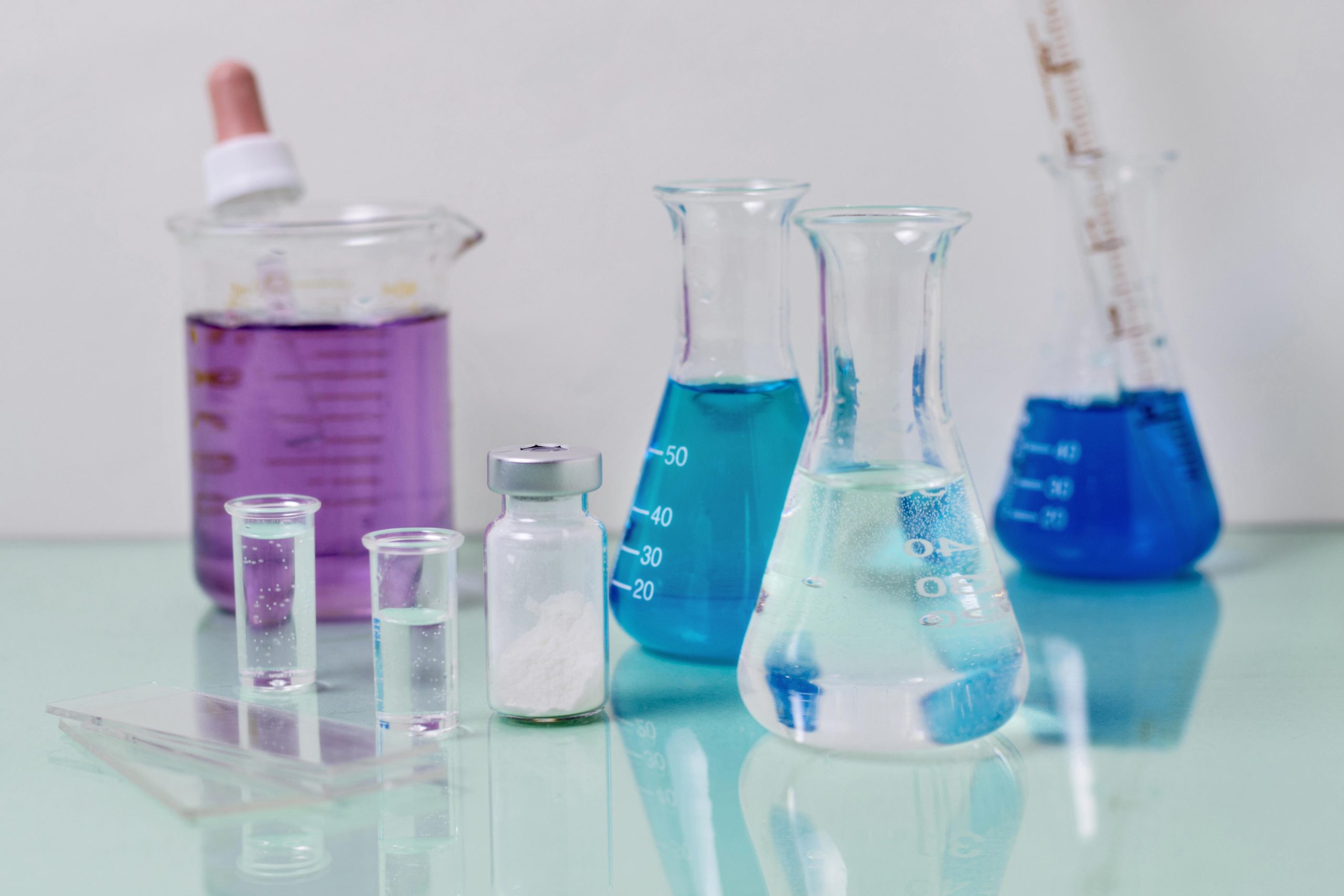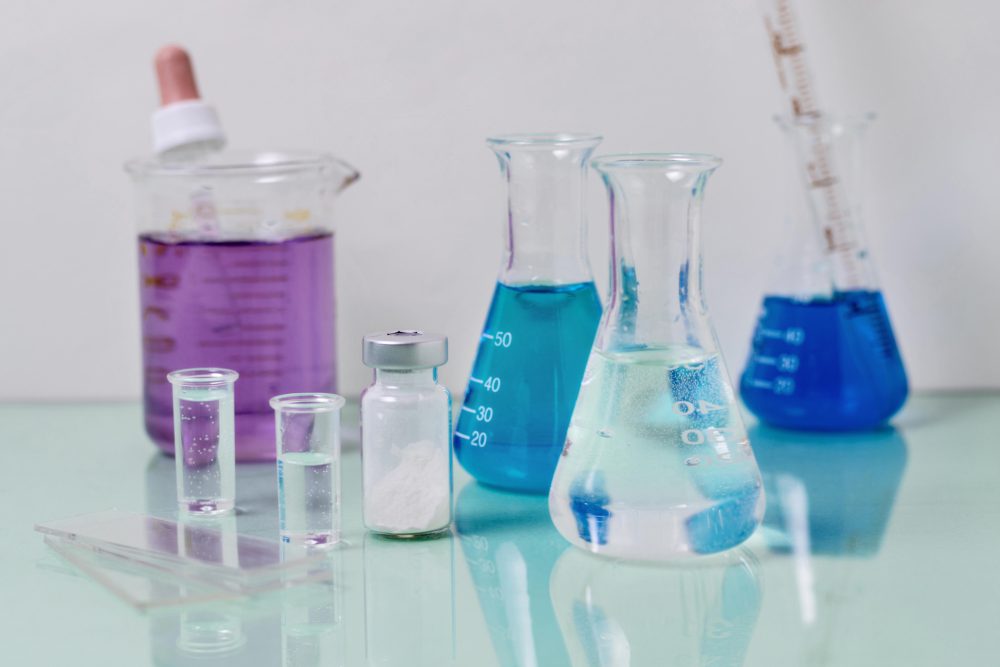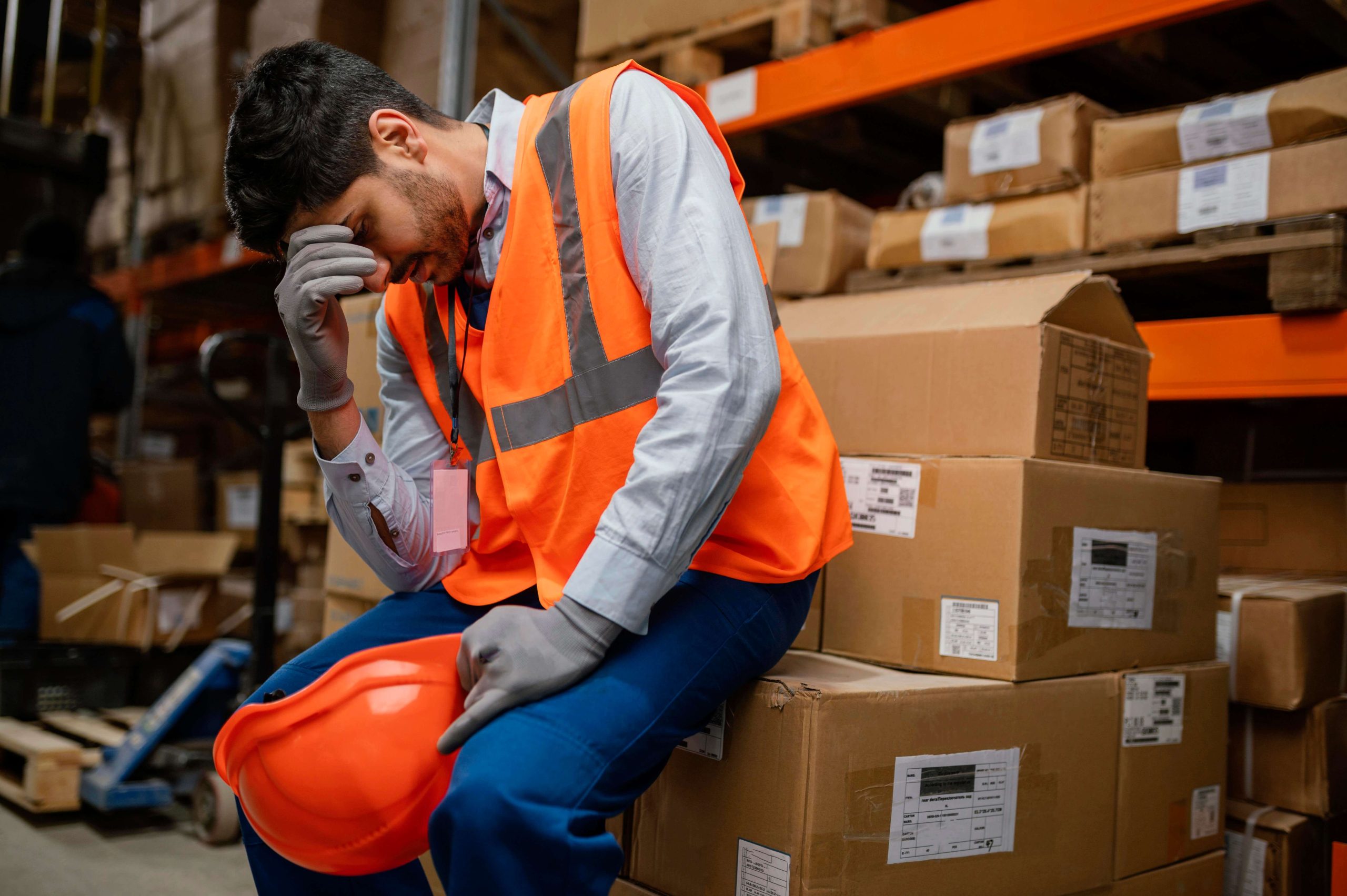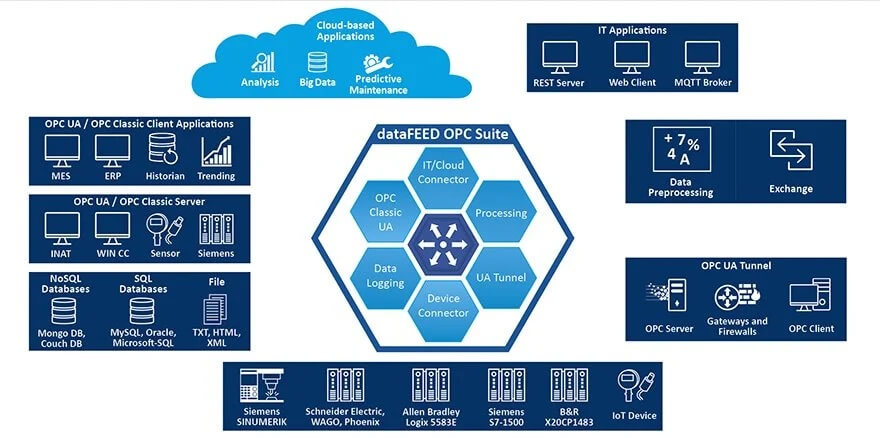The Memosens portable meter includes everything you need for traceable and reliable measurements, whether in the lab or during field sampling. It features the Liquiline Mobile CML18 handheld, Memobase Pro documentation software for comprehensive traceability, and precise lab sensors for pH, ORP, dissolved oxygen (DO), and conductivity. Every step of your measurement process is thoroughly documented in Memobase Pro software, ensuring you meet all GLP (Good Laboratory Practice) requirements.
WHY MEMOSENS SENSOR?
The sensors impress with a high accuracy and fast response time, which is indispensable especially for oxygen measurements. Memosens sensor technology also ensures a trouble-free measurements and a solid digital signal without the risk of sudden signal loss. The technology is unique in lab measurements and simplifies the daily work on all levels. Using one technology for all measurements in the lab and the process guarantees full consistency and reliable measured values at all times.
HOW TO USE THE METER
Simply connecting the sensor for your measuring task to the CML18 multi parameter handheld and start capturing values. To switch between the different parameters pH, ORP, dissolved oxygen and conductivity, simply change the sensor directly on site and start measuring without any further calibration. All steps of your measurement are traceably documented in the Memobase Pro software to meet your GLP (Good Laboratory Practice) requirements.
Benefits
Reliable Measurements:
Proven Memosens Technology: Ensures consistent and accurate data transfer from your lab measurements, ideal for various applications including random sampling and existing measuring points.
User-Friendly Operation:
True Plug & Play: Simplifies sensor changes directly at the measurement point with no additional calibration needed, making it easy to switch between different parameters.
Enhanced GLP Compliance:
Memobase Pro Mobile: Facilitates sensor adjustments and provides full traceability by scanning QR codes on Endress+Hauser buffer solutions, ensuring comprehensive documentation and compliance.
Versatile Portable Meter:
Liquiline CML18: Offers mobility with Bluetooth connectivity and optional accessories like a shock resistant bumper and lanyard, allowing for hands-free operation in various settings.
Customizable pH Meter:
Electrode Options: Choose from four pH electrodes suited for different applications (Memosens CPL51E & CPL53E for standard, CPL57E for pure water, CPL59E for challenging media) to pair with the Liquiline CML18 handheld meter.
These features collectively enhance measurement reliability, operational ease, and compliance, making the system versatile and user-friendly for various lab and field applications.
Curious about this instrument? Let us know if you need it or if you’d like our expert support to help you get started!
Please reach out to us at sales@greenpegltd.com, services@greenpegltd.com or +234(0)701 8219200.













